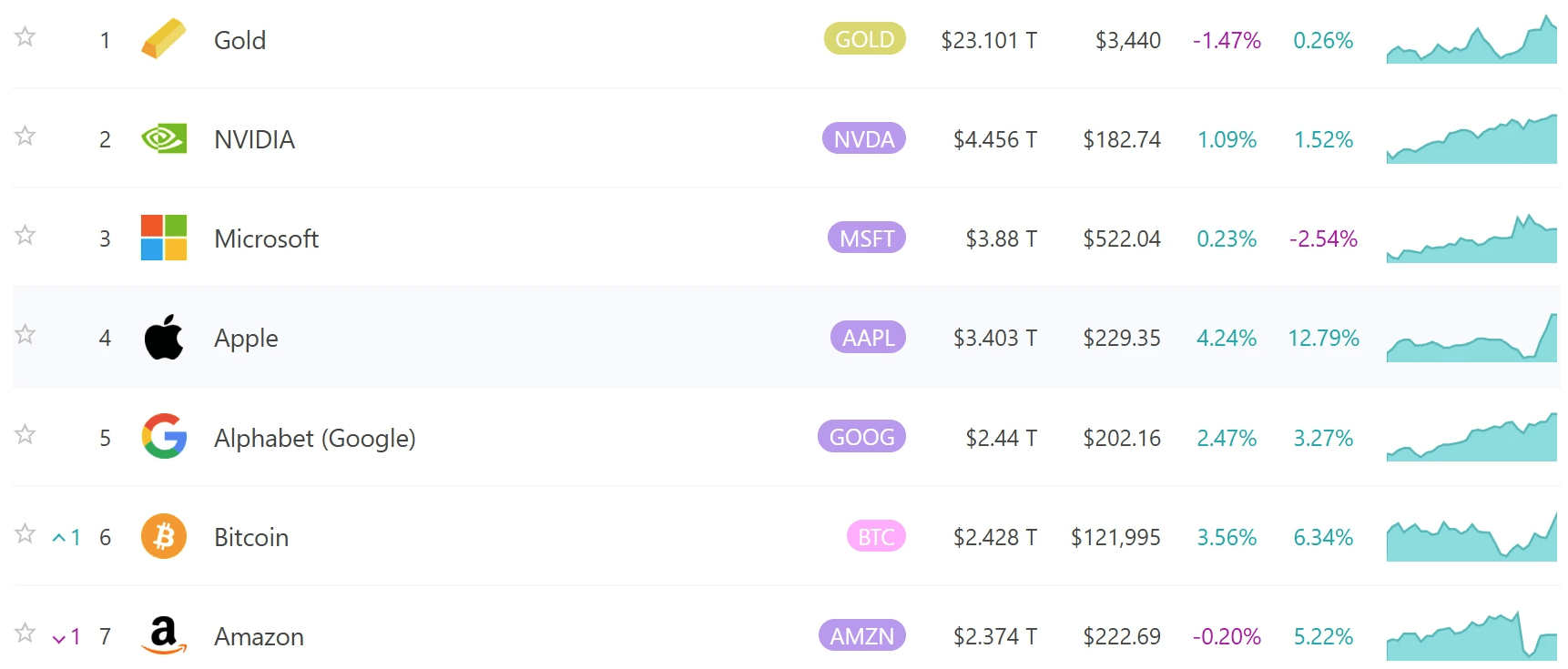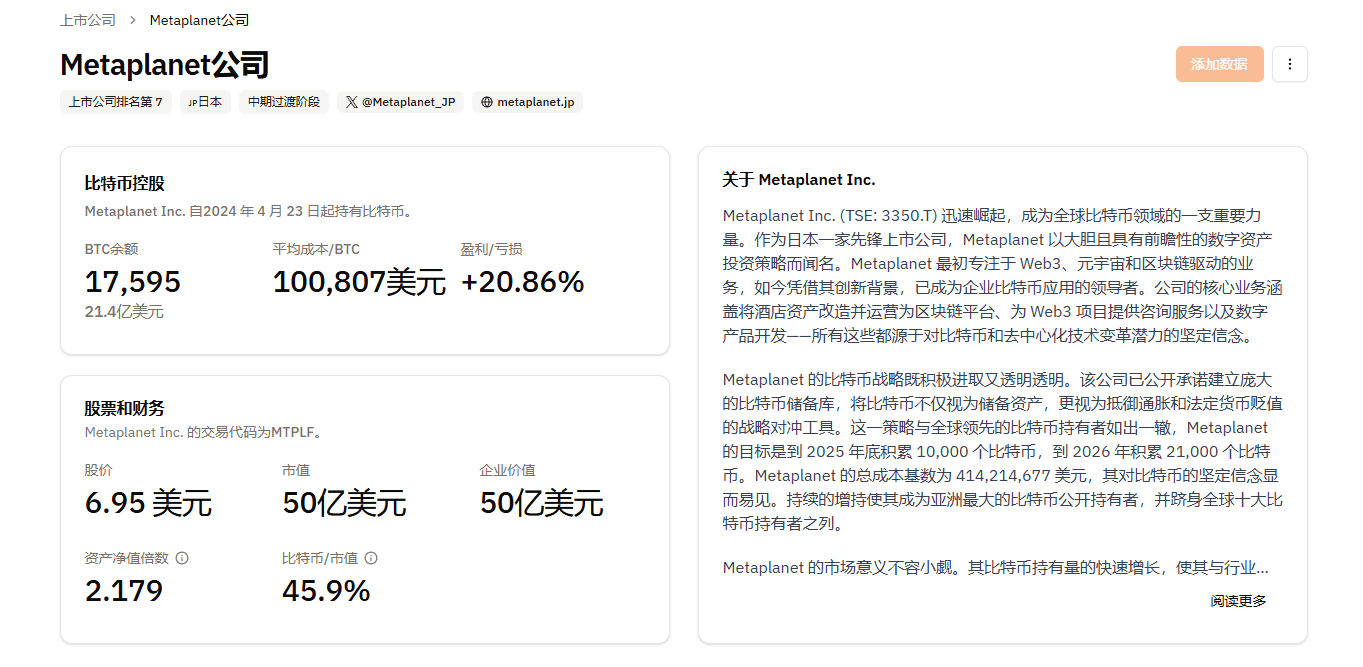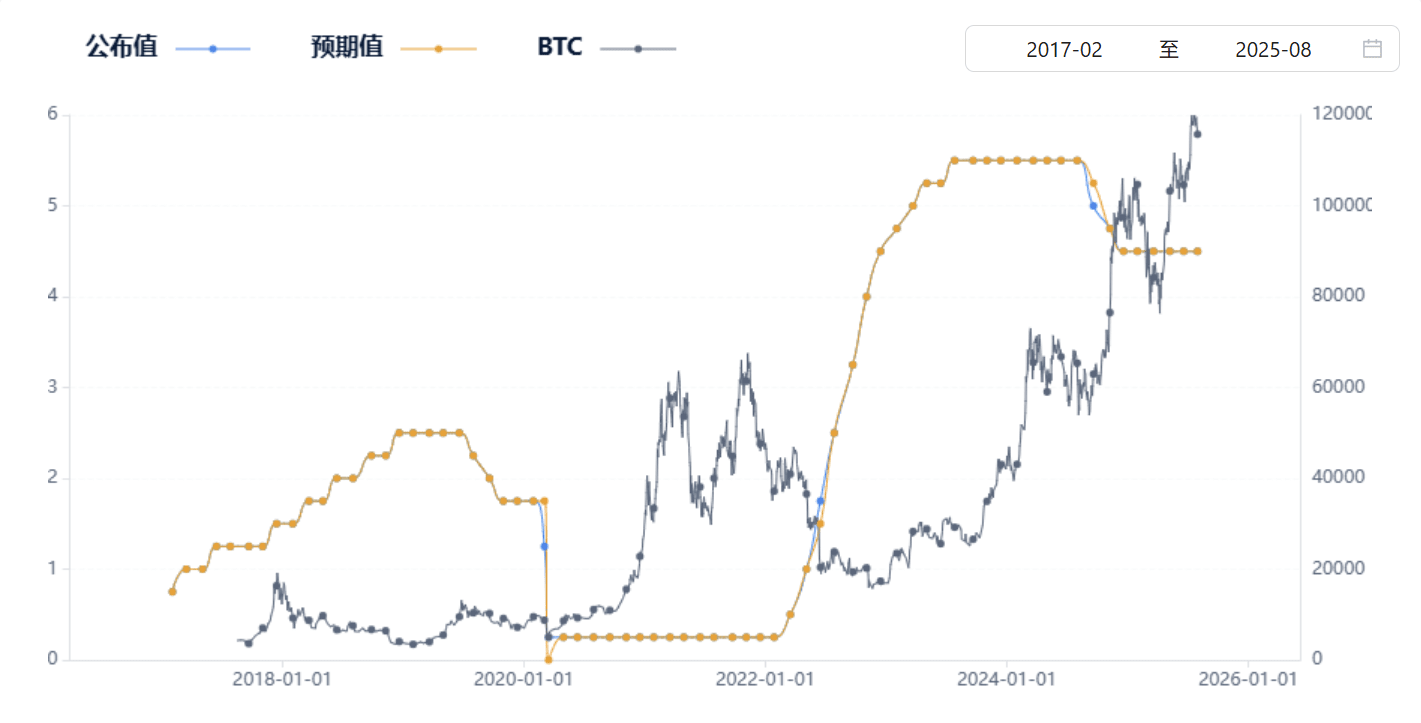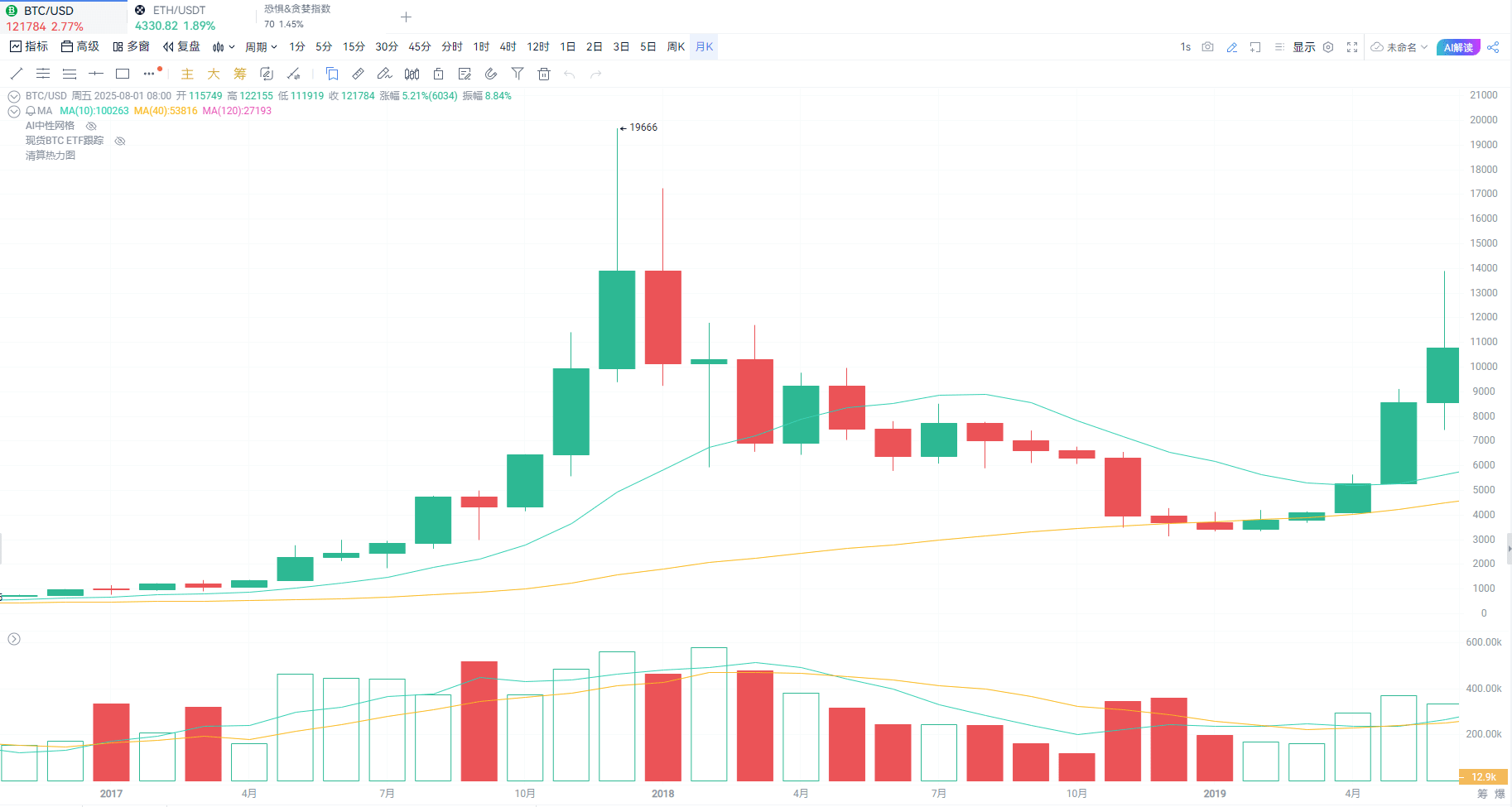On August 11, 2025, Bitcoin's market capitalization climbed to $2.428 trillion, surpassing Amazon's $2.374 trillion, ranking sixth among global assets, only behind gold, NVIDIA, Microsoft, Apple, and Google's parent company Alphabet, highlighting Bitcoin's strong rise in global asset allocation.

Crypto-friendly signals during the Trump era
The latest round of Bitcoin's rise is closely related to the shift in the U.S. political landscape. Last week, U.S. President Trump signed an executive order allowing cryptocurrencies to be included in 401(k) retirement accounts, which is seen as a significant boon for the crypto industry. This move could unlock up to $9 trillion in potential capital flowing into the digital asset market, equivalent to nearly four times Bitcoin's current market value. Market analysts point out that this policy directly stimulated the enthusiasm of institutional investors, driving Bitcoin's price from $117,478 on August 7 to over $120,000.
In a broader sense, the Republican-led 'Crypto Week' earlier this month passed several bills, including the (GENIUS Act), providing a federal regulatory framework for stablecoins. These measures ended a long period of regulatory uncertainty, transitioning Bitcoin from a fringe asset to mainstream allocation. Trump himself called himself the 'Crypto President', and his team even promoted the establishment of a strategic Bitcoin reserve in the U.S., further boosting market confidence. In contrast, the regulatory pressure of the past few years had led to severe price volatility in Bitcoin, but the current policy shift acts like a shot in the arm, allowing Bitcoin to steadily rise in the global asset rankings.
However, this policy reliance also brings concerns. If the Democrats regain control of Congress in the future, or if international coordination strengthens anti-money laundering regulations, Bitcoin's gains may face a pullback. Investors need to be cautious; while the policy dividend is strong, it is not guaranteed.
ETF as a rising engine
The core driving force behind Bitcoin's rise is the massive influx of institutional funds. Since 2025, spot Bitcoin ETFs have become a tool for attracting capital, with BlackRock's iShares Bitcoin ETF (IBIT) exceeding $86 billion in assets under management, far surpassing Grayscale Trust. Bitcoin ETFs saw a net inflow of $252.6 million last week, with a cumulative net inflow of $54.4 billion. This is not just retail FOMO, but actions from Wall Street giants: Bernstein analysts predict that by the end of 2025, assets in spot Bitcoin ETFs will reach $190 billion.
Data shows that institutions hold more than 30% of Bitcoin's circulating supply, including exchanges, ETFs, listed companies, and sovereign entities. Japanese company Metaplanet added 463 Bitcoins this month, bringing its total reserves to over 17,500; companies like MicroStrategy continue to incorporate Bitcoin into their balance sheets. This 'corporate Bitcoin reserve strategy' is spreading from Silicon Valley to the world, with the supply side adding only 900 Bitcoins daily, while institutional demand has reached more than five times that, leading to liquidity tightening and driving prices up. The process of institutionalization is accelerating Bitcoin's shift from a speculative asset to a store of value. However, it should be noted that concentrated ETF liquidity also amplifies volatility.

Hedging demand and Federal Reserve expectations
Global macro uncertainty is another driving force behind Bitcoin's rise. In 2025, as geopolitical conflicts escalate and inflation remains high, gold prices hit historic highs, benefiting Bitcoin as 'digital gold'. From the beginning of the year to now, Bitcoin has risen by 25.2%, second only to gold's 29%. Investors view it as a hedging tool, especially when the dollar is weak: this month, the dollar index fell, pushing Bitcoin priced in euros to new highs, while dollar pricing has set records.
The Federal Reserve's policy expectations further amplify this effect. The market bets that the probability of a rate cut in September is 92.7%, which will release liquidity and stimulate risk assets. Historical data shows that easing cycles are often accompanied by Bitcoin bull markets: before the Fed raised rates in 2017, Bitcoin soared from $1,000 to $19,000; a similar scenario is reappearing now, with analysts predicting Bitcoin could reach $135,000 to $199,000 by the end of the year.


Volatility not diminished
Despite the strong momentum, Bitcoin is not without risks. The historical volatility rate is 60%, and this year has seen multiple pullbacks. Quantum computing threatens crypto security, with some experts believing it could crack Bitcoin's algorithm in 5-10 years. Additionally, seasonal factors show that August is often weak, and 10x Research warns that if inflows slow, prices may break down. More fundamentally, excessive institutionalization could lead to 'whale' manipulation: a single sell-off could trigger a chain reaction. Elliott Wave theorists predict a painful bear market in 2026. Investors should diversify their allocations and avoid leveraged chasing.
This article is for informational sharing only and does not constitute any investment advice to anyone.
Join our community to discuss this event
Official Telegram community: t.me/aicoincn
Chat Room: Wealth Group

